Make sure the beans are completely wet
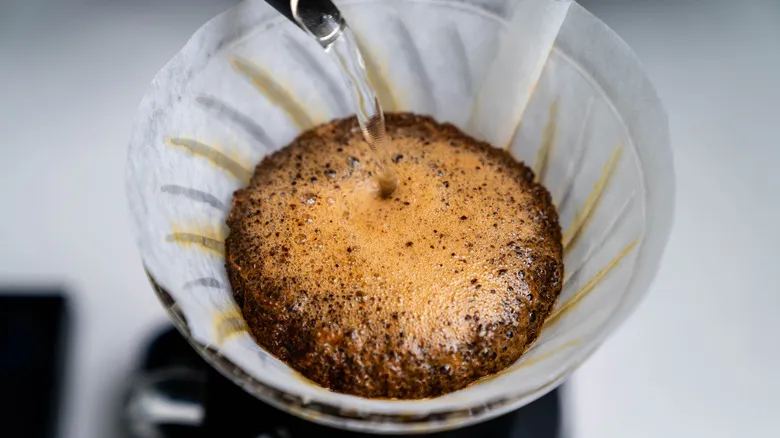
Although the term "blooming" might seem daunting, the process is quite simple. All it requires is hot water — which you need for brewing anyway — to saturate the coffee grounds. This action allows the carbon dioxide trapped in the beans to escape, as Allen explains. This gas is produced during the roasting process, and its concentration is initially high — which is why overly fresh coffee isn't ideal — before gradually dissipating from the beans.
To facilitate this gas release, Allen suggests pouring a small, even amount of water. The precise quantity will depend on your brewing method and the amount of coffee used. A common guideline is to use double the volume of coffee grounds. However, the key is to ensure that all the coffee is fully submerged. It's not enough to just cover the surface; you must also make sure that the water penetrates all the way down to avoid any dry grounds. It's easy to overlook some areas in a hurry, so pay attention to the contact between the water and coffee. This is why it's beneficial to stir the coffee-water mixture during the blooming phase.
The bloom process should take 30 seconds
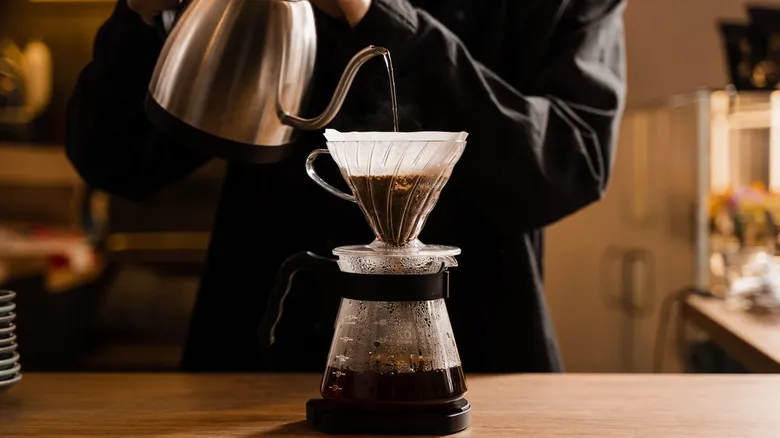
Degassing coffee requires a bit of patience. Allen suggests allowing the bloom to last the industry-standard 30 seconds. This duration is typically sufficient for most of the gas to escape, which you’ll observe as bubbling that gradually subsides towards the end of the blooming phase.
However, there’s no strict limit on how long you can let the bloom occur. In fact, the longer the coffee grounds remain in contact with water, the more effectively the gas is released. Some baristas even recommend waiting up to 10 minutes for this process. While this extended time isn’t common practice, it serves as a useful reminder that it’s perfectly fine to take your time. Additionally, starting with damp grounds enhances extraction, which is why you should always moisten your coffee filters.
During this phase, some baristas suggest gently swirling the pour-over vessel to help release any remaining gases, while others prefer to stir the mixture carefully. These minor techniques can influence the flavor, but they are not as critical as ensuring the bloom is fully completed.
Keep an eye on the bubbles during blooming

Blooming is a distinct physical phenomenon accompanied by a visual display. You'll notice significant bubbling right at the beginning of the process. As Allen describes, "The bloom resembles the coffee rising or 'puffing' up," indicating that gas is escaping. While bubbles are the most noticeable reaction, she notes that some coffee varieties may also appear lighter in color.
These signs of degassing are particularly evident with freshly roasted coffee grounds. If you observe a lot of bubbling, it means there is still gas to be released. Therefore, monitor the activity to determine the blooming duration. If 30 seconds have passed and bubbling continues, keep the blooming process going. Allen clarifies that carbon dioxide is only released when you no longer see any signs of bubbling. So, pay attention to the visual indicators to ensure you complete the technique properly instead of relying solely on a timer.
Blooming can warn you of stale coffee
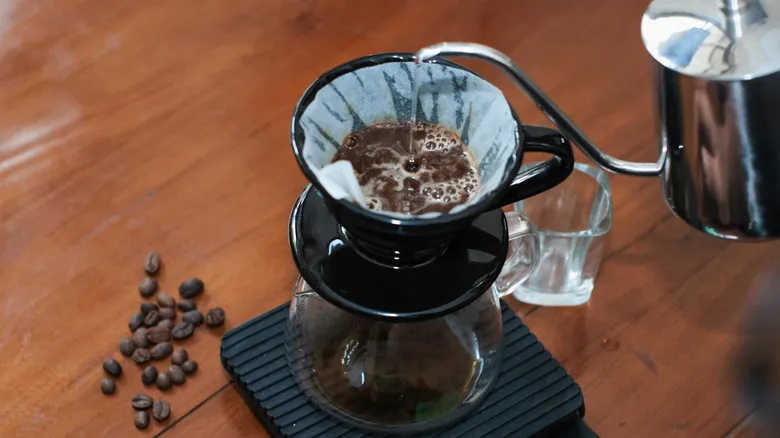
While blooming aims to release carbon dioxide, its presence in coffee is actually advantageous. Keeping the gas during storage protects the beans from oxygen exposure, which helps extend their shelf life. This is why roasters typically package their freshly roasted beans in bags equipped with a one-way valve, allowing carbon dioxide to escape while preventing oxygen from entering. It also highlights the necessity of storing coffee in an airtight environment, making it a common mistake to keep coffee beans in their original packaging.
Allen suggests monitoring the blooming process to gauge the freshness of the beans. She points out that if there are no bubbles or the coffee fails to puff up, it likely indicates that the coffee is stale. Therefore, this initial reaction with water serves as a significant indicator of your brew's potential. When buying beans, Allen emphasizes the importance of checking the roast date, as it is a vital piece of information to consider when evaluating a coffee bean label.
Maintain the same blooming technique for iced coffee
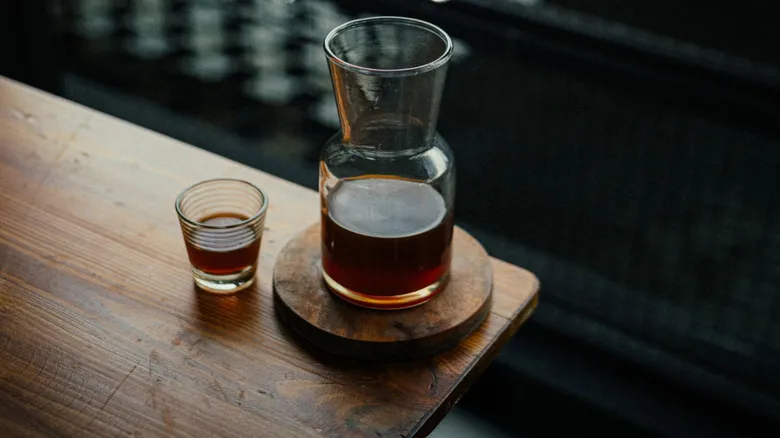
Whether you're preparing an iced or hot pour-over, the blooming process is crucial. However, Allen emphasizes that hot water is vital for releasing carbon dioxide. This makes it challenging to determine the best approach for cold brewing. If you're using a method that requires cold water, Allen suggests you can still attempt blooming, but be aware that the "bloom will be less pronounced because heat is what activates the carbon dioxide."
Nonetheless, you can experiment with blooming your coffee using cold water. In fact, some baristas intentionally use the cold-bloom technique to limit extraction, which helps reduce burnt and acidic flavors and influences the coffee's color. To cold-bloom, you follow a similar process as with a regular bloom, but with room-temperature water. Just keep in mind that the bubbling effect won't be as dramatic, which can complicate things.
For optimal results, Allen recommends sticking to the traditional blooming method and trying a flash brew instead. This technique brews the coffee grounds with hot water as usual, but instead of dripping into an empty carafe, it drips over ice, instantly cooling the coffee after extraction. The aromas of the iced coffee remain intact, and the blooming process occurs without any issues—a definite advantage. The effectiveness of this method highlights the importance of blooming, which is essential for maximizing the flavor of your coffee brew.
Recommended
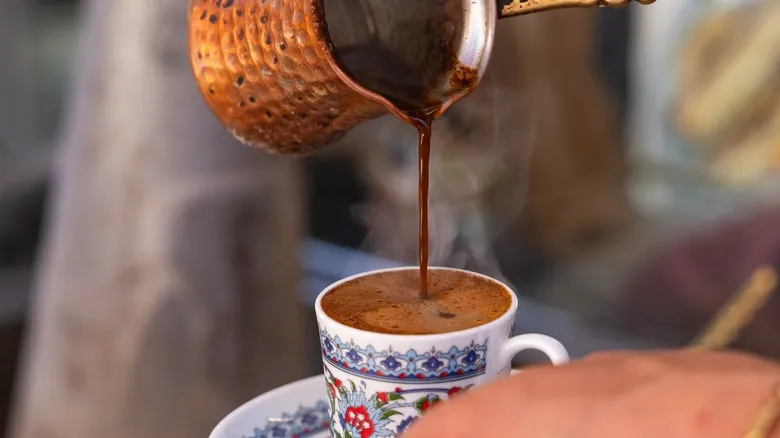
Why You Should Never, Ever Stir Turkish Coffee
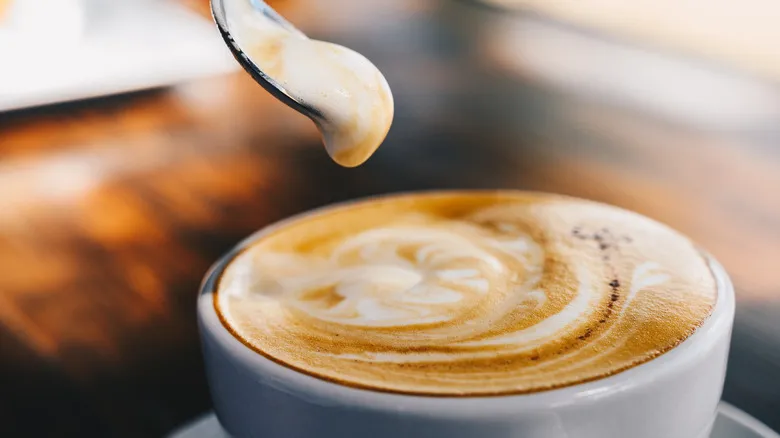
How To Make Perfect Lattes At Home Without A Fancy Machine
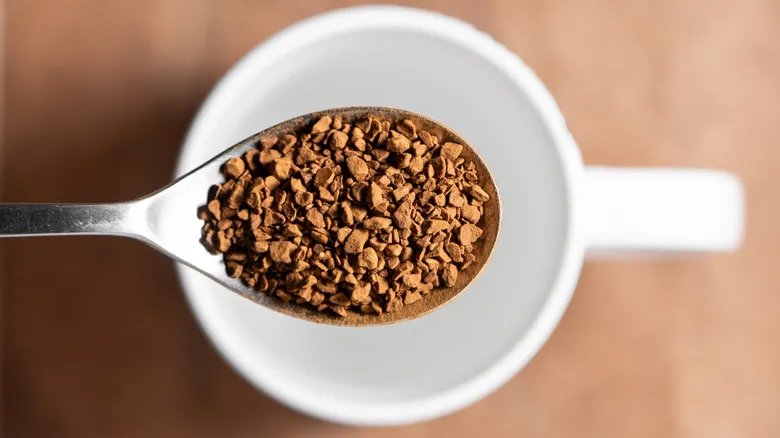
Here's What Your Instant Coffee Powder Is Made Of
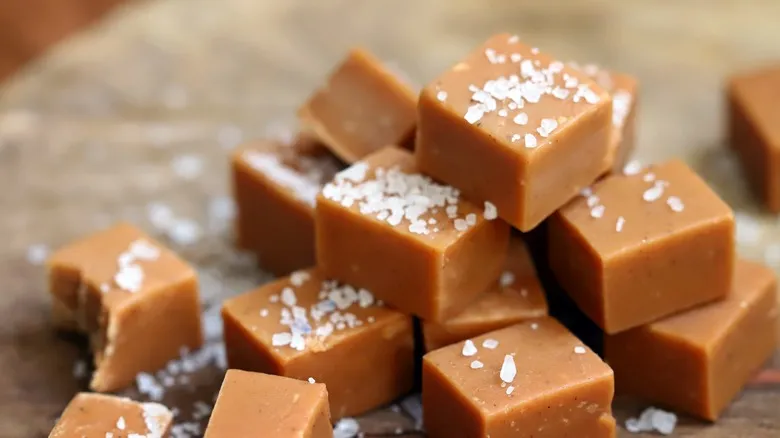
Add Coffee To Caramel To Amp Up Your Sweet Treats
Next up

